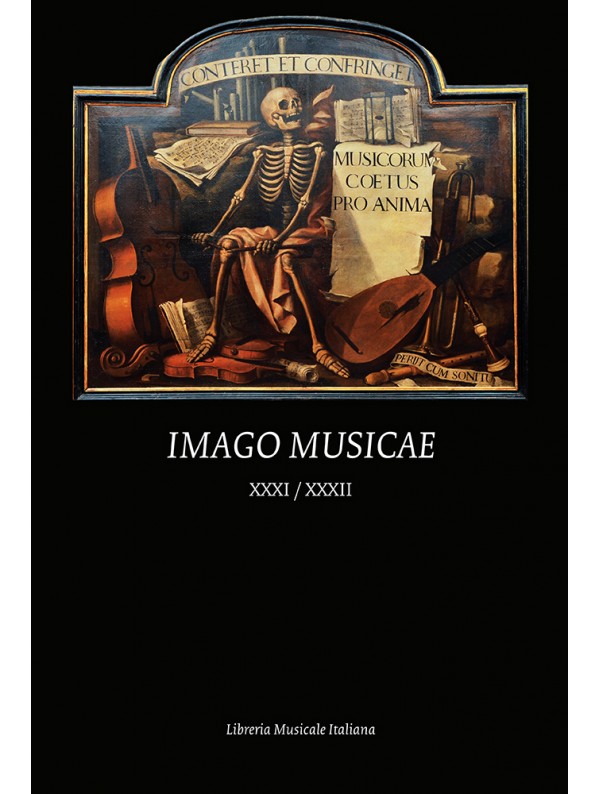Remembering Pythagoras, performing Orpheus: pre-modern Eurasian perspectives
Abstract
The magical power of music, a topic already crystallized in Greek antiquity in the myth of Orpheus, was transmitted in the Arabo-Persian world through the tenth-century Rasa’il (Epistles) of the Ikhwan al-Safa’ (Brethren of Purity) and other writings. The basic tenets of this doctrine of musical ethos are that the various musical modes affect the human psyche, and thus that a musician’s skillful manipulation of carefully chosen modes and corresponding melodic constructs can affect a listener’s mood, character, and even state of consciousness. At the center of the present essay stands the archetype of such magical musicianship within the literary space of the Persianate world, as manifest in the literary and visual personas of two different protagonists who belong to two different, albeit related works: Plato, from the early thirteenth-century Iskandarnama of Nizamı Ganjavı, and Aristotle, from the early seventeenth-century Resale i-musiqi of Darvısh ‘Alı Changı. In manuscript miniatures accompanying Plato’s magical acts, each of the illustrating artists expands the story’s range of meanings and possible interpretations, through specific music-iconographical choices showcasing a diverse and at times incongruous collection of musical objects and symbols. At the same time, in Aristotle’s legend, text and visual representation engage in a different relation, one that places the reader, rather than the visual artist at the center. This essay proposes that both artists and readers took advantage both of deftly deployed terminological ambivalence and of evoked mental schemas embedded in the literary text, and thus privileged certain options by contextually re-framing (historically or otherwise) said terminology and its corresponding organological or symbolic meanings.





